Pakistan slides on global press freedom index as world marks Press Freedom Day
On the occasion of World Press Freedom Day, Pakistan has dropped six places on the Global Press Freedom Index 2025, ranking 158 out of 180 countries, according to the latest report by Reporters Without Borders (RSF).
The latest ranking has pushed Pakistan slightly below its position in 2022. The country ranked 157 in 2022, improved to 150 in 2023, and then slipped back to 152 in 2024.
While Pakistan’s press freedom environment has worsened, its neighbour India has shown marked improvement, climbing eight positions to reach 151. Afghanistan also saw a modest improvement, moving up three places to rank 175.
In contrast, China also dropped six places, now standing at 178.
Iran remains unchanged at 176, reflecting persistent challenges to press freedom there. Saudi Arabia, however, improved by six positions and now ranks 166.
North America sees decline in press freedom
Among Western democracies, the United States fell two spots to 55th place, signaling growing concerns about journalistic freedoms even in established democracies. Canada saw a sharper decline, dropping from 14th to 21st place.
Norway continues to top the Global Press Freedom Index, maintaining its position as the most press-friendly country in the world, followed closely by other Nordic nations.
How countries rank on the index
The Press Freedom Index looks at how free journalists are in each country to do their job safely and independently. It gives each country a score based on five main areas, called contextual indicators. Each area is equally important and helps paint a full picture of press freedom. Here’s what each one means in plain terms:
- Political context
- Are journalists free from government or political party pressure?
- Is there support for different types of journalism, including independent reporting?
- Can the media criticize politicians and hold them accountable?
- Legal framework
- Are there laws that protect journalists from censorship and unfair punishment?
- Can journalists access information freely and protect their sources?
- Are people who attack journalists punished or do they get away with it?
- Economic context
- Do journalists and media outlets face money problems because of government policies or powerful businesses?
- Is it easy or hard to start an independent news outlet?
- Do advertisers or media owners pressure journalists to report in a certain way?
- Sociocultural context
- Do journalists face discrimination or threats because of their gender, religion, race, or beliefs?
- Are there cultural taboos or social pressures that stop journalists from reporting on certain topics?
- Safety
- Are journalists physically safe from violence, arrests, or being kidnapped?
- Do they face emotional stress from threats, online abuse, or harassment?
- Can they do their job without fear of losing their job or equipment?
Each of these five areas is scored from 0 to 100, and then all scores are averaged to give the country’s final ranking on the index. Countries at the top of the list (like Norway) are the most press-friendly, while those near the bottom are the most dangerous or restrictive for journalists.
What changed in Pakistan
Pakistan passed PECA amendment act at the beginning of this year, triggering protests from journalists.
The government said it had to amend the law to tackle, what it called, fake news on social media.
The Prevention of Electronic Crimes Act (PECA) was originally passed in 2016, but its scope has changed significantly with the amendment that took force in 2025.
However, Pakistan improved on the law and order index in 2024.
For the latest news, follow us on Twitter @Aaj_Urdu. We are also on Facebook, Instagram and YouTube.


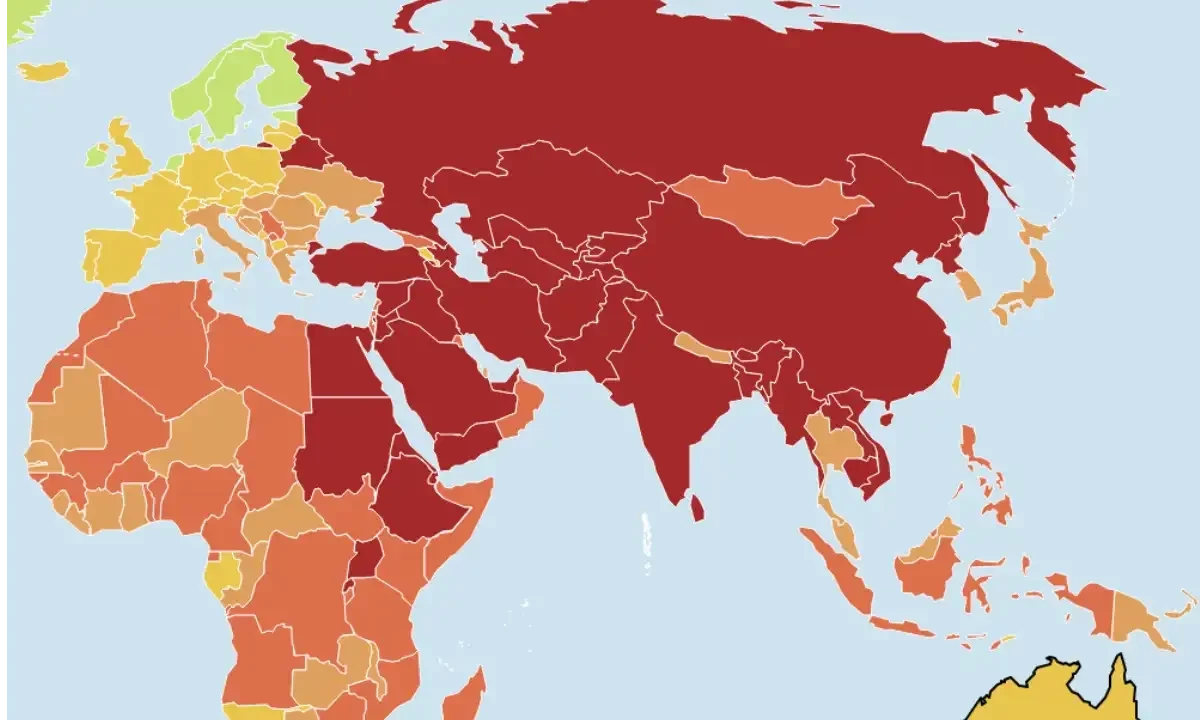




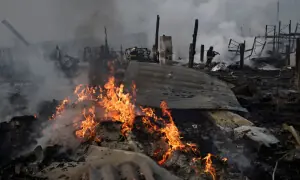

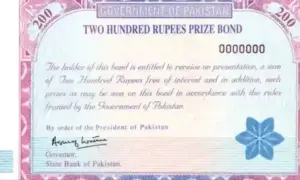
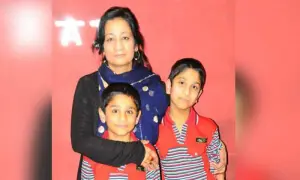
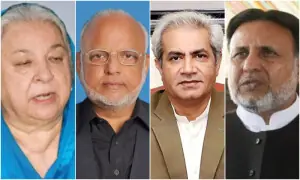
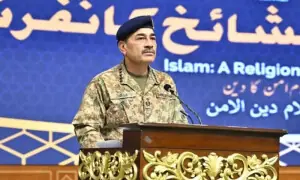

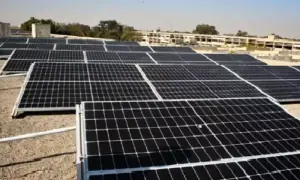
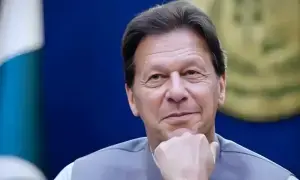

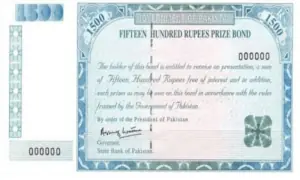


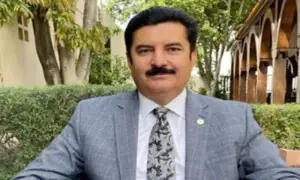
Comments are closed on this story.